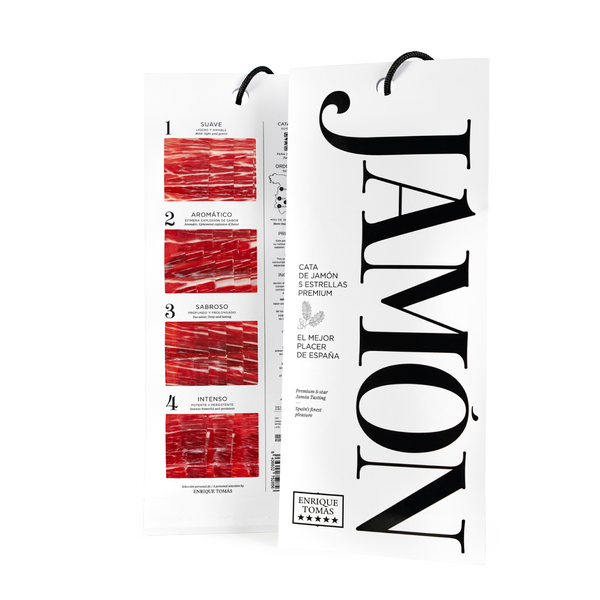
Curing time of an Iberian shoulder
The first thing to consider is that the exact same process is followed to produce ham as for shoulder, with the only difference being that the curing time f+++++++++++++++++++++++++++++++++++6or an Iberian shoulder is shorter than what an Iberian ham needs. Do you want to know why?
We'll explain it to you!
Why it takes less time to cure shoulders than hams
Curing is a matter of time and size, and the larger a piece is, the more time it requires to cure. An eight-kilogram ham needs a longer curing process than a six-kilogram one, and these, in turn, take longer than shoulders because, as we have explained, more meat means more time.
Just a visual comparison between a shoulder and a ham is enough to see that shoulders have less meat, and therefore, the meat is closer to the bone. Precisely the bone is what cures this food, and the meat of the shoulder, being closer, cures faster. However, it's important to note that the stages followed for drying shoulders and hams are the same: washing, salting, drying, and curing.
Washing
This is the first stage and involves preparing the pieces to be "cooked." After the shoulders are cut, they are cleaned and allowed to rest for 24 to 48 hours.
Salting
The shoulders are buried in salt to dehydrate them, intensify their flavor, and prevent the action of bacteria. Typically, for every kilogram of meat, the pieces are left in salt for an average of twelve hours. Since shoulders are smaller, they spend less time than hams in the containers where the legs are buried in salt.
Drying
Once the legs have been salted, they are washed and shaped because they may have slightly deformed from being stacked on top of each other. Next, the legs are hung for about six months, initially in cool spaces with temperatures between 6 and 16°C and humidity around 60%, and then in slightly warmer environments, between 16 and 30°C, with a slight variation in humidity. During this stage, the pieces require little attention; just leave them in these conditions for the fat to gradually infiltrate into the muscle fibers.
Maturation and Aging
When reaching this stage, the difference in the time required for curing becomes noticeable. Iberian hams need between 24 and 36 months (depending on the pig's diet). In contrast, shoulders take between 18 and 24 months, or a maximum of two years, depending on whether they are grain-fed Iberian shoulders or acorn-fed ones.
 Stages of Ham Curing
Stages of Ham Curing
How Long It Takes to Cure an Iberian Shoulder
Depending on the diet of the pigs from which the pieces are obtained, the curing process takes between:
- Grain-fed Iberian Shoulder: Shoulders from pigs fed on grain need 18 months to be ready.
- Acorn-fed Iberian Shoulder: In this case, shoulders require about 24 months to be at their best, although for 100% acorn-fed Iberian shoulders, this period may be slightly longer.
 50% Iberian Field Grain-Fed Shoulder by Enrique Tomás
50% Iberian Field Grain-Fed Shoulder by Enrique Tomás
100% Iberian Acorn-Fed Shoulder by Enrique Tomás
Therefore, as you can see, there is no single answer to the question of how long it takes to cure an Iberian shoulder. It depends on its weight and the pig's diet. What we can say with certainty at Enrique Tomas is that they will take less time than Iberian hams.
Now that you have a clear understanding of the curing times, What type of shoulder would you like to try?
If you're determined to buy Iberian shoulders, remember that you can always seek advice from the experts at Enrique Tomás.













